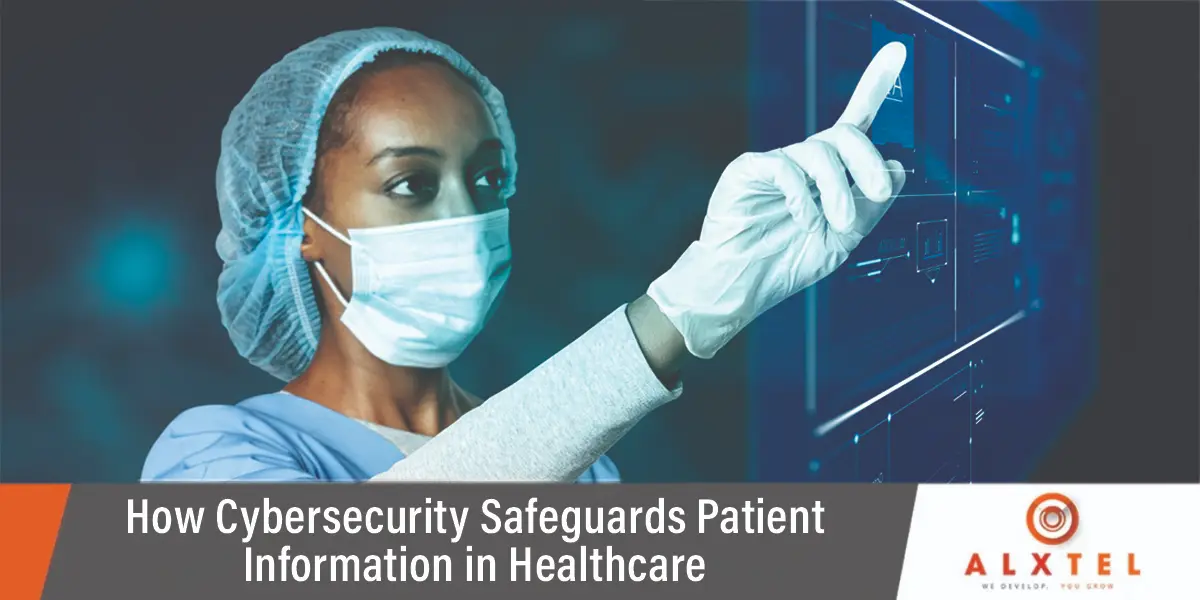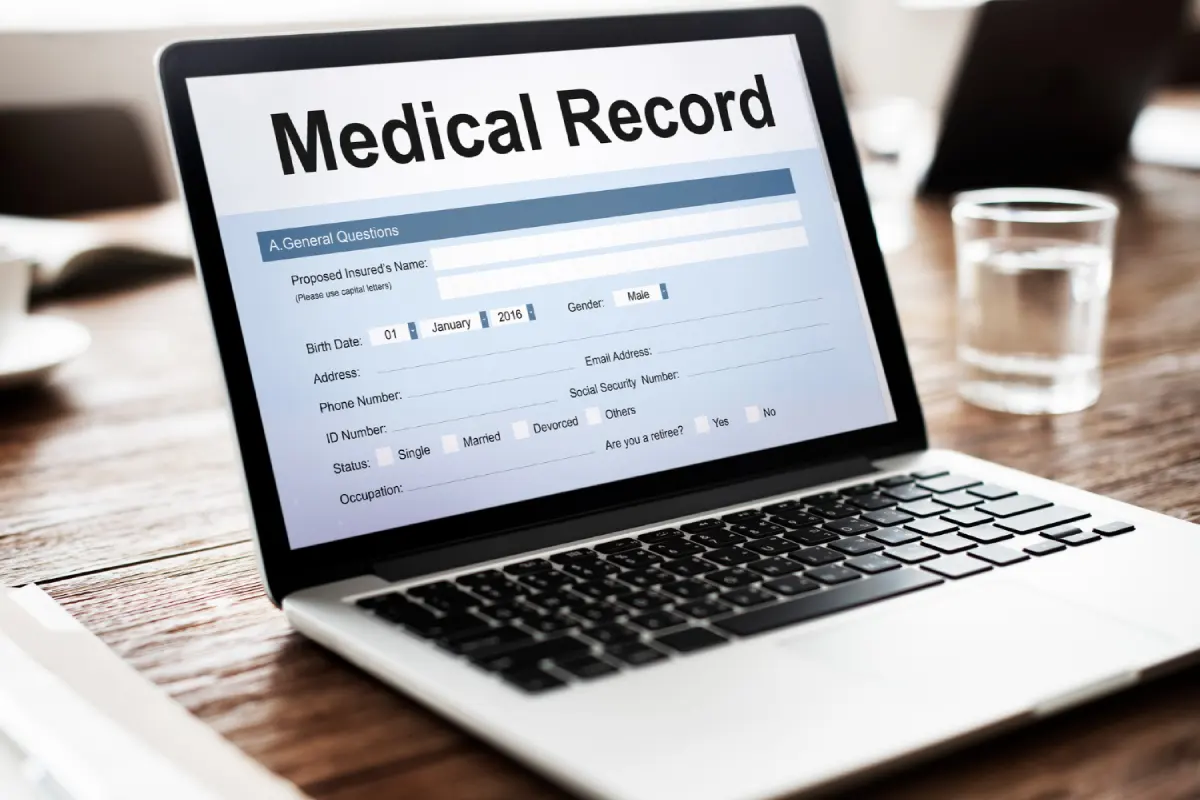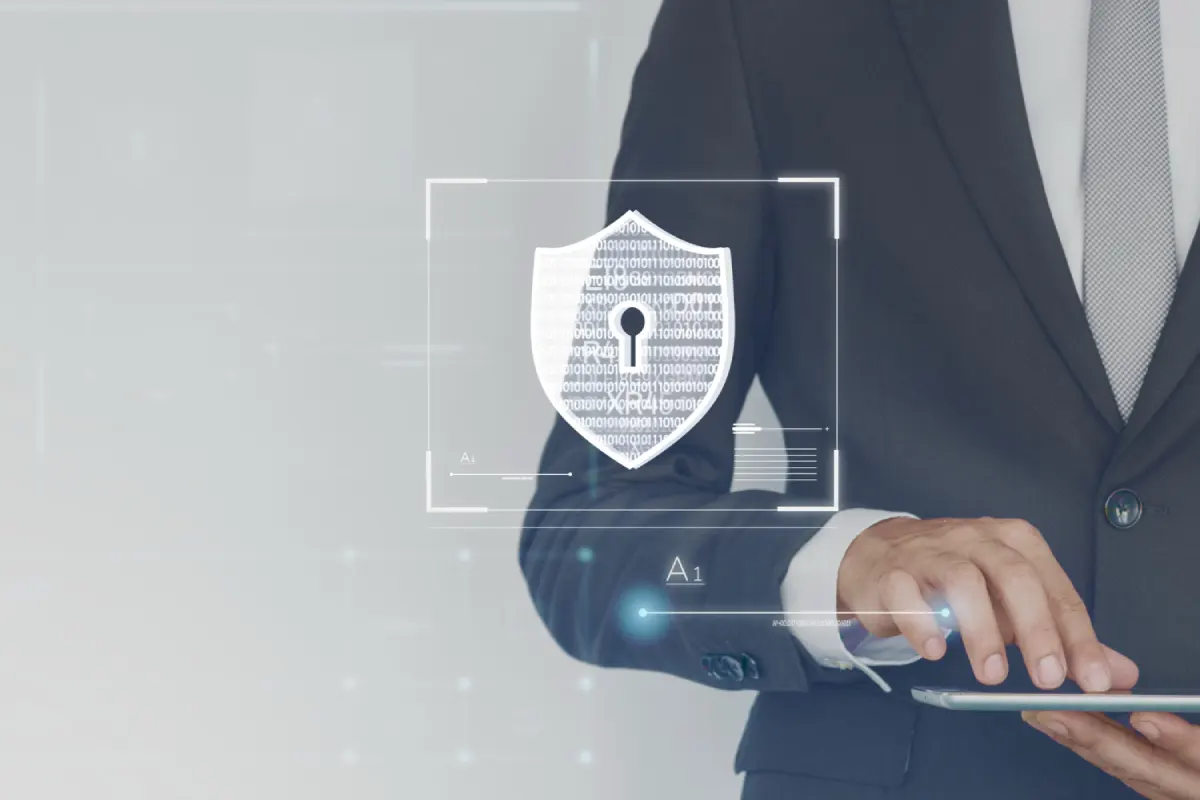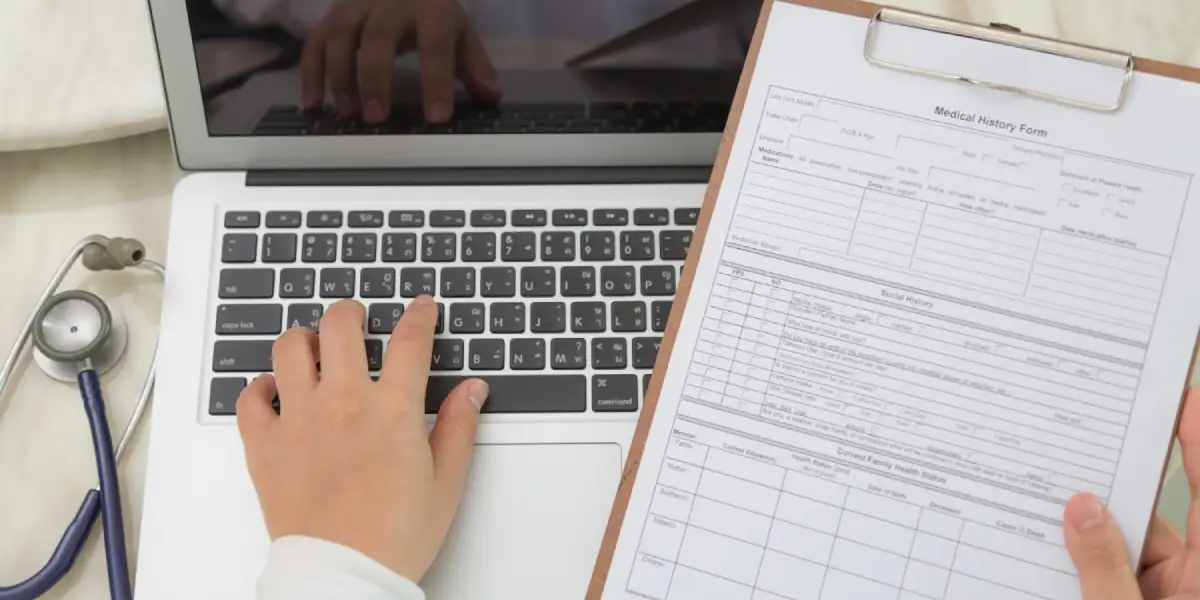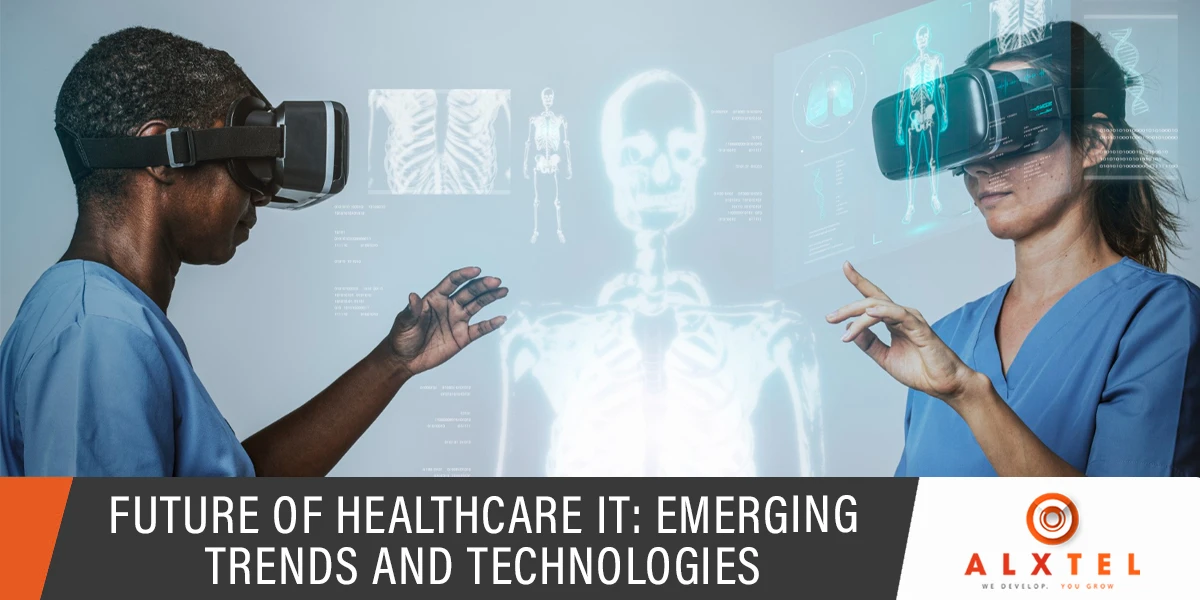What is cybersecurity in healthcare?
Cybersecurity in healthcare refers to the practice of safeguarding sensitive patient data, medical records, and healthcare systems from unauthorized access, breaches, or cyber threats. As technology continues to play an increasingly integral role in the healthcare industry, the need for robust cybersecurity measures becomes paramount to ensure the confidentiality, integrity, and availability of patient information
The healthcare sector has become a lucrative target for cybercriminals due to the vast amount of valuable data it holds. Electronic Health Records (EHRs), personal identifiable information (PII), financial data, and other sensitive information make healthcare organizations attractive targets. Breaches in healthcare can have severe consequences, ranging from compromised patient privacy to financial fraud and even disruptions in medical services.
Data Protection and Encryption
It is critical to encrypt sensitive data to prevent unauthorized access. This ensures that even if there is a breach, the stolen data remains unreadable and unusable. Strict access restrictions and multi-factor authentication systems aid in restricting access to confidential information to authorized persons only. This decreases the possibility of internal breaches while also protecting against unauthorized exterior access. To prevent cyber risks, healthcare organizations must secure their networks. This entails putting in place firewalls, intrusion detection systems, and regular monitoring to detect and respond to potential security incidents as soon as possible.
Individual device protection is critical for computers, laptops, and mobile devices. Antivirus software, regular updates, and regulations that restrict the use of external devices within the hospital network are examples of endpoint security measures. Healthcare organizations need to develop a robust incident response plan. This strategy lays out the measures that must be performed in the case of a security breach, guaranteeing a quick and effective reaction to minimize harm. Human mistake is a major contributor to cybersecurity breaches. It is critical to educate healthcare workers about the importance of cybersecurity, potential hazards, and best practices for information security to maintain a secure environment.
In the United States, healthcare organizations must follow different requirements such as the Health Insurance Portability and Accountability Act (HIPAA). Compliance with these regulations guarantees that patient data is handled safely, and noncompliance carries legal ramifications. Regular security audits and monitoring operations aid in the detection of flaws and potential threats. Organizations can discover and respond to suspicious activity in real-time with proactive monitoring. Healthcare organizations should interact and share threat intelligence since cybersecurity is a team effort. Sharing information about emerging risks and vulnerabilities allows the entire sector to remain ahead of cybercriminal techniques. Cyber threats are continually evolving;thus, healthcare organizations must constantly adapt and strengthen their cybersecurity measures. This entails being up to date on the latest risks, technology, and best practices.
Cybersecurity in healthcare: understanding the stakes
In an era dominated by technological advancements, the healthcare industry has undergone a significant transformation, leveraging digital tools to enhance patient care and streamline operations. However, this progress comes with a downside—the increased vulnerability to cyber threats. The intersection of sensitive medical data and sophisticated cybercrime poses substantial risks, making robust cybersecurity measures imperative in the healthcare sector.The digitization of health records and the adoption of electronic health systems have undeniably improved efficiency and accessibility in patient care. Electronic Health Records (EHRs) facilitate seamless information sharing among healthcare providers, leading to more coordinated and informed decision-making. Despite these advantages, the integration of technology into healthcare processes has exposed the industry to cybersecurity challenges that demand immediate attention.
Healthcare organizations store a variety of sensitive data, such as patient records, treatment plans, and billing information. This vital information is a prime target for cybercriminals seeking financial gain or engaging in unethical crimes such as identity theft. A successful cyberattack on a healthcare facility has far-reaching consequences beyond financial losses; exposed patient data jeopardizes privacy and can have major consequences for those involved. Ransomware is a type of malicious virus that encrypts data in a healthcare system, rendering it inaccessible until a ransom is paid.
Security Protocols in Cybersecurity
The threats are exacerbated by the interconnection of healthcare systems. As medical devices, such as pacemakers and insulin pumps, become more technologically connected, they provide potential entry points for cyberattacks. A tainted medical gadget can be devastating, highlighting the critical importance of cybersecurity in safeguarding not only data but also patient safety. To combat these threats, healthcare institutions must prioritize cybersecurity in their overall risk management strategy. This includes implementing robust security rules, upgrading and patching software regularly, and educating staff about the hazards of phishing and other threat vectors. Furthermore, the use of encryption techniques and multi-factor authentication can provide further security for sensitive patient data.
Collaboration between the public and private sectors is critical in strengthening the healthcare industry’s cybersecurity defenses. Sharing information about emerging dangers and best practices can aid in forming a united front against hackers. Governments may play a critical role by implementing and enforcing legislation that requires stringent cybersecurity standards for healthcare providers, holding them accountable for patient data protection. Furthermore, investing in cybersecurity infrastructure is a proactive strategy rather than a reactive one. Regular security audits, penetration testing, and the usage of cutting-edge cybersecurity technologies can assist in identifying vulnerabilities before they are exploited. Cybersecurity should be considered as a continuous activity that evolves in tandem with the ever-changing spectrum of cyber threats.
Healthcare cyberattacks are a growing threat
The digitization of health records and the integration of technology into medical processes have undeniably improved efficiency and patient care. However, this transformation has also made the healthcare sector a prime target for cybercriminals. The vast amounts of sensitive data, ranging from personal patient information to critical medical records, make healthcare organizations lucrative targets.Several factors contribute to the escalating frequency of cyberattacks on healthcare institutions. First and foremost is the value of healthcare data on the black market. Patient records contain a wealth of information, including social security numbers, financial data, and medical histories, making them highly sought after by cybercriminals for various malicious purposes, including identity theft and fraudulent activities.
Furthermore, the healthcare sector has historically lagged behind other industries in terms of cybersecurity investment. Limited budgets, coupled with a lack of awareness regarding the potential threats, have left many healthcare organizations vulnerable to sophisticated cyberattacks. Inadequate training of staff on cybersecurity best practices and outdated infrastructure also contribute to the sector’s susceptibility.The consequences of successful cyberattacks on healthcare systems are profound and far-reaching. Patient privacy is compromised, eroding the trust between healthcare providers and those they serve. Beyond this, the integrity of medical data is jeopardized, potentially leading to misdiagnoses, inappropriate treatments, or compromised patient safety.Financial repercussions are also substantial, with the costs of data breaches including regulatory penalties, legal fees, and the expenses associated with rebuilding compromised systems. Additionally, the downtime resulting from cyberattacks can disrupt medical services, affecting patient care and potentially putting lives at risk.
Healthcare organizations are increasingly recognizing the need to strengthen their cybersecurity safeguards in response to the expanding danger. Strong cybersecurity frameworks, regular risk assessments, and the deployment of advanced threat detection systems are becoming increasingly important. Training programs to increase healthcare personnel’s awareness of cybersecurity best practices are also being prioritized. Encrypting sensitive data and implementing multi-factor authentication procedures offer an extra degree of security to patient data. Patch management and regular software upgrades help to resolve vulnerabilities and guard against known exploits. The healthcare industry’s collaborative efforts to share knowledge about emerging risks and effective defense tactics are also increasing.
The growing threat of cyberattacks on the healthcare industry necessitates prompt action and collaborative efforts from stakeholders. As the industry embraces digital change, the necessity for strong cybersecurity measures becomes even more crucial. Healthcare organizations may strengthen their defenses against cyberattacks and protect the integrity of patient information by investing in cutting-edge technology, prioritizing staff training, and encouraging industry collaboration.
Why is cybersecurity more critical in healthcare?
Healthcare cybersecurity is becoming increasingly critical as the business digitizes and integrates information technology. The healthcare sector, which was previously reliant on paper records and manual processes, has undergone a dramatic transformation with the adoption of electronic health records (EHRs), telemedicine, and interconnected medical equipment. While technological advancements have improved efficiency and patient care, they have also presented new vulnerabilities, necessitating the implementation of comprehensive cybersecurity precautions.
Large volumes of sensitive patient information, such as medical histories, diagnoses, and billing details, are stored by healthcare organizations. This data is a valuable target for cybercriminals looking to perpetrate identity theft, insurance fraud, or other illegal actions. A breach of patient data jeopardizes not only individual privacy but also the confidence between patients and healthcare providers. The security of linked medical equipment and telemedicine is critical in this day and age. Medical device or telehealth platform cybersecurity flaws could allow unauthorized access or manipulation, posing substantial hazards to patient safety. It is critical to ensure the integrity and security of these systems in order to avoid negative effects and maintain the quality of healthcare services.
Noncompliance with cybersecurity standards can have serious legal and financial ramifications for healthcare organizations. Cybersecurity measures are not only a best practice, but also a legal need to protect patient data and ensure regulatory compliance. Ransomware outbreaks, for example, can interrupt healthcare operations by encrypting important data or triggering system failures. These interruptions can cause patient care to be delayed, appointments to be canceled, and financial losses to occur. To limit the impact of such assaults and maintain the continuity of healthcare services, robust cybersecurity measures, such as regular backups and incident response plans, are required.
Emergence of Advanced Threats
Healthcare cyberattacks are growing increasingly sophisticated and focused. Malicious actors’ strategies for exploiting vulnerabilities and gaining unauthorized access to sensitive information are continually developing. Healthcare organizations must employ advanced cybersecurity technologies and policies to remain ahead of these developing threats. Because healthcare systems and networks are integrated, cyber threats have a larger attack surface. The possibility of cyberattacks grows as healthcare organizations collaborate and share information across networks. A compromise in one component of the healthcare ecosystem might have repercussions on many stakeholders and jeopardize the overall integrity of the healthcare infrastructure.
Finally, the industry’s reliance on digital technologies, the need to safeguard sensitive patient information, and possible risks to patient safety and healthcare operations all add to cybersecurity’s importance in healthcare. Healthcare organizations must invest in robust cybersecurity measures as technology advances to protect patient data and prioritize it. They should maintain regulatory compliance, and ensure the resilience of healthcare services in the face of evolving cyber threats.
Frequently Asked Questions:
What is the significance of cybersecurity in safeguarding patient information in healthcare?
Cybersecurity is crucial in healthcare to protect patient information from unauthorized access, ensuring confidentiality, integrity, and availability. It safeguards sensitive data, such as medical records and personal details, from cyber threats and helps maintain patient trust.
How does cybersecurity prevent unauthorized access to patient records?
Cybersecurity employs measures like encryption, access controls, and authentication protocols to restrict and monitor access to patient information. This helps prevent unauthorized individuals or entities from viewing or altering sensitive healthcare data.
What role does encryption play in securing patient information in healthcare systems?
Encryption is a key cybersecurity technique that transforms patient data into unreadable code, making it secure during transmission and storage. This ensures that even if intercepted, the data remains confidential and protected from unauthorized access.
How do healthcare organizations ensure compliance with data protection regulations, such as HIPAA?
Healthcare organizations implement cybersecurity measures aligned with regulatory requirements, conduct regular risk assessments, and train staff to adhere to privacy policies. Compliance efforts are essential for safeguarding patient information and avoiding legal consequences.
Can cyber threats impact the safety of medical devices and patient care?
Yes, cyber threats pose risks to the safety of medical devices and patient care. Cybersecurity vulnerabilities can be exploited to manipulate medical devices or disrupt healthcare services. Robust cybersecurity measures are essential to prevent such risks and ensure patient safety.
How do healthcare institutions protect against ransomware attacks and data breaches?
Healthcare organizations implement cybersecurity practices like regular backups, network monitoring, and employee training to prevent and respond to ransomware attacks. They also employ advanced threat detection systems to identify and mitigate potential breaches.
Need support? You are our priority, We’ve got you covered.
Rapid response time to service requests, responding to all customer feedback to get in touch.
Our goal is to supply you with the best possible customer service across all our products and solutions. We look forward to helping you make the most of your AlxTel platform.

